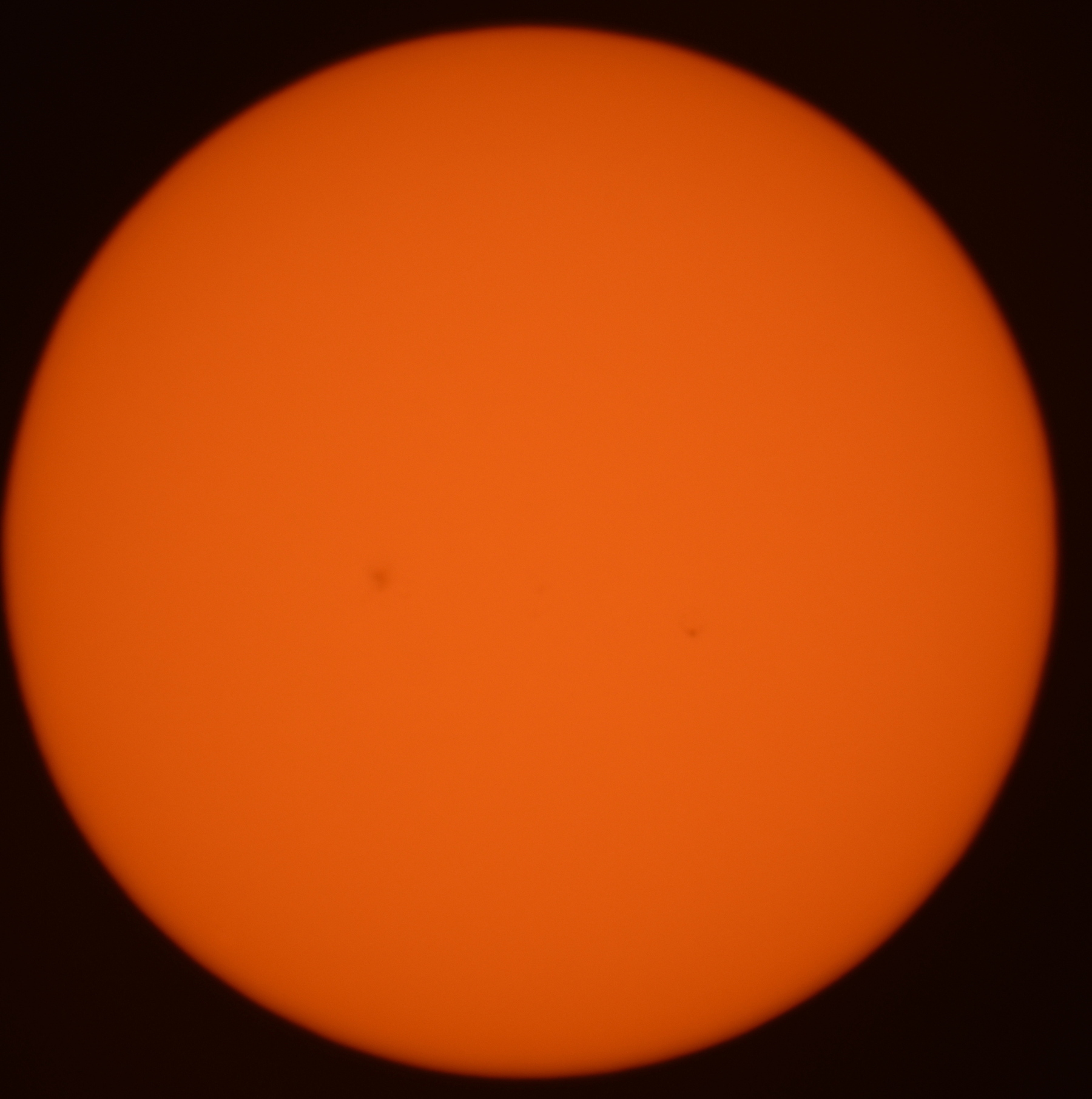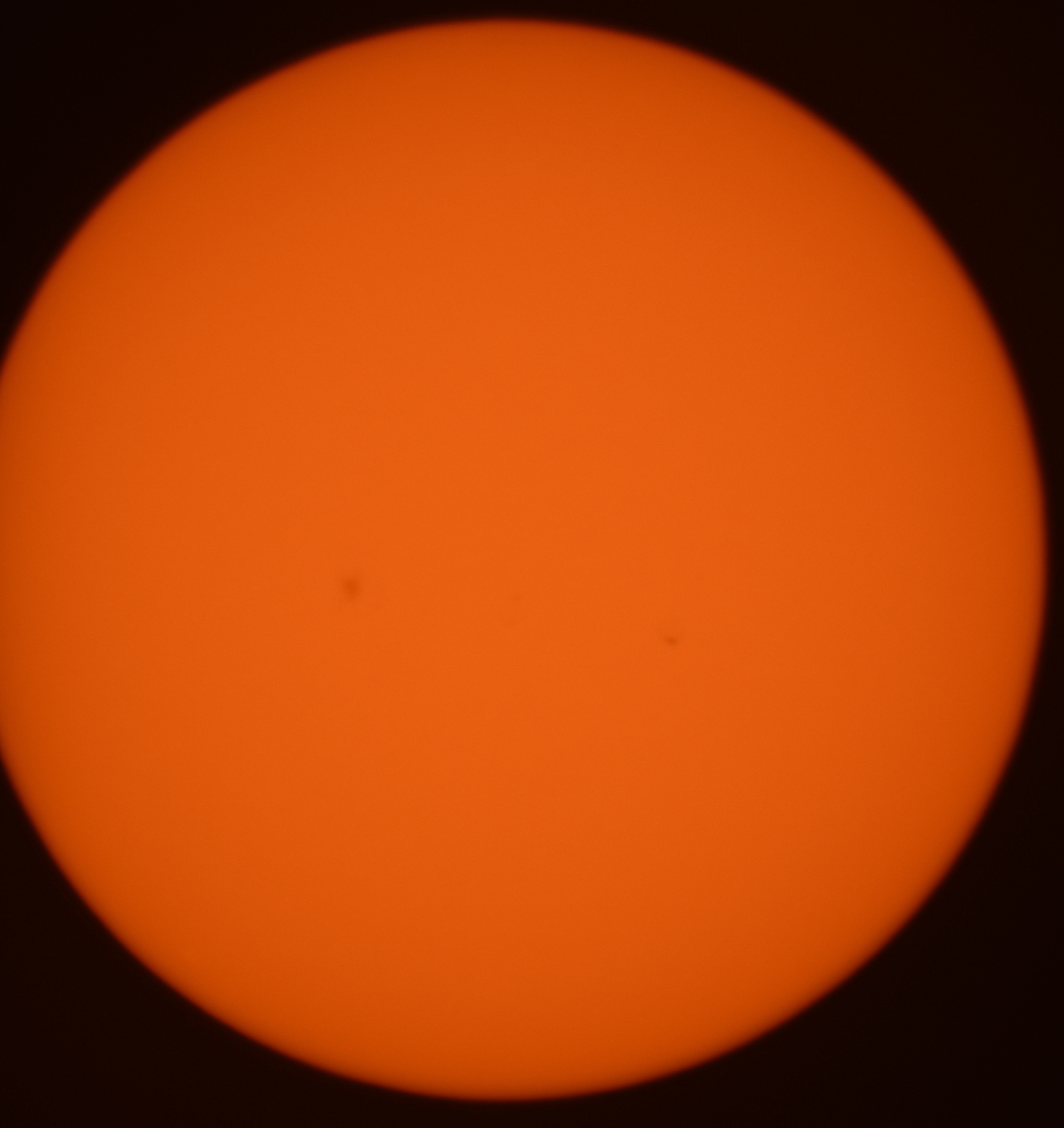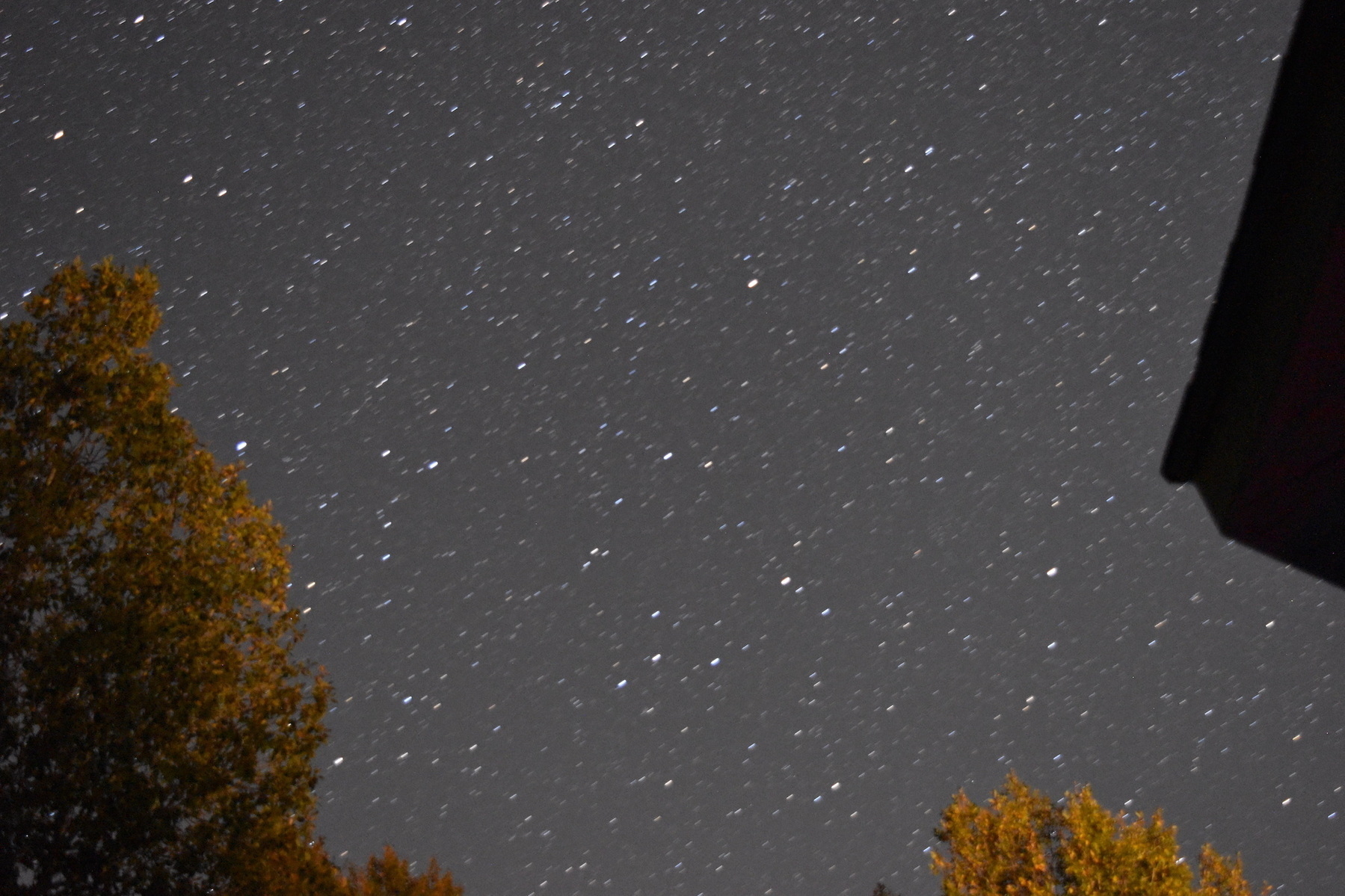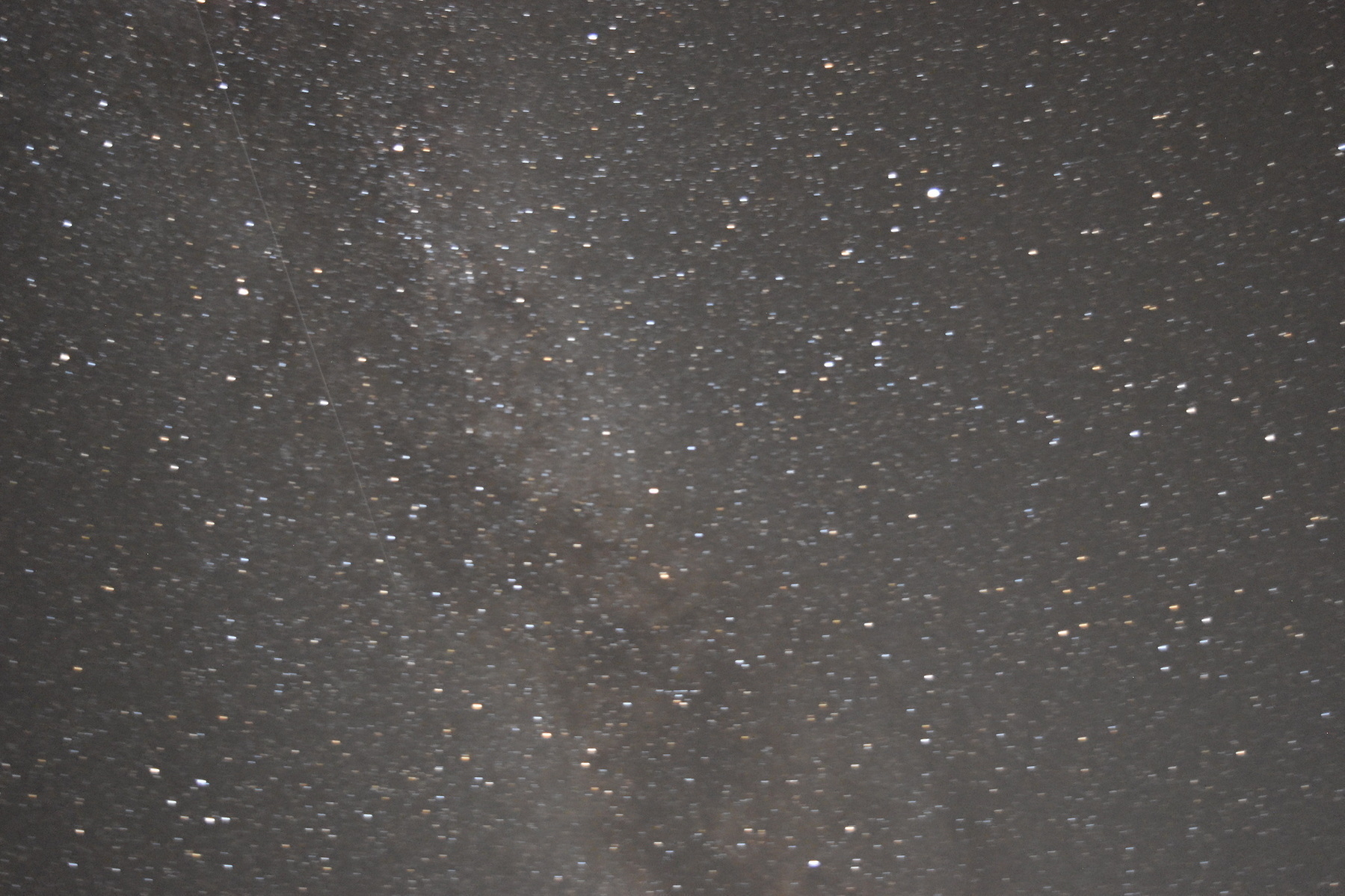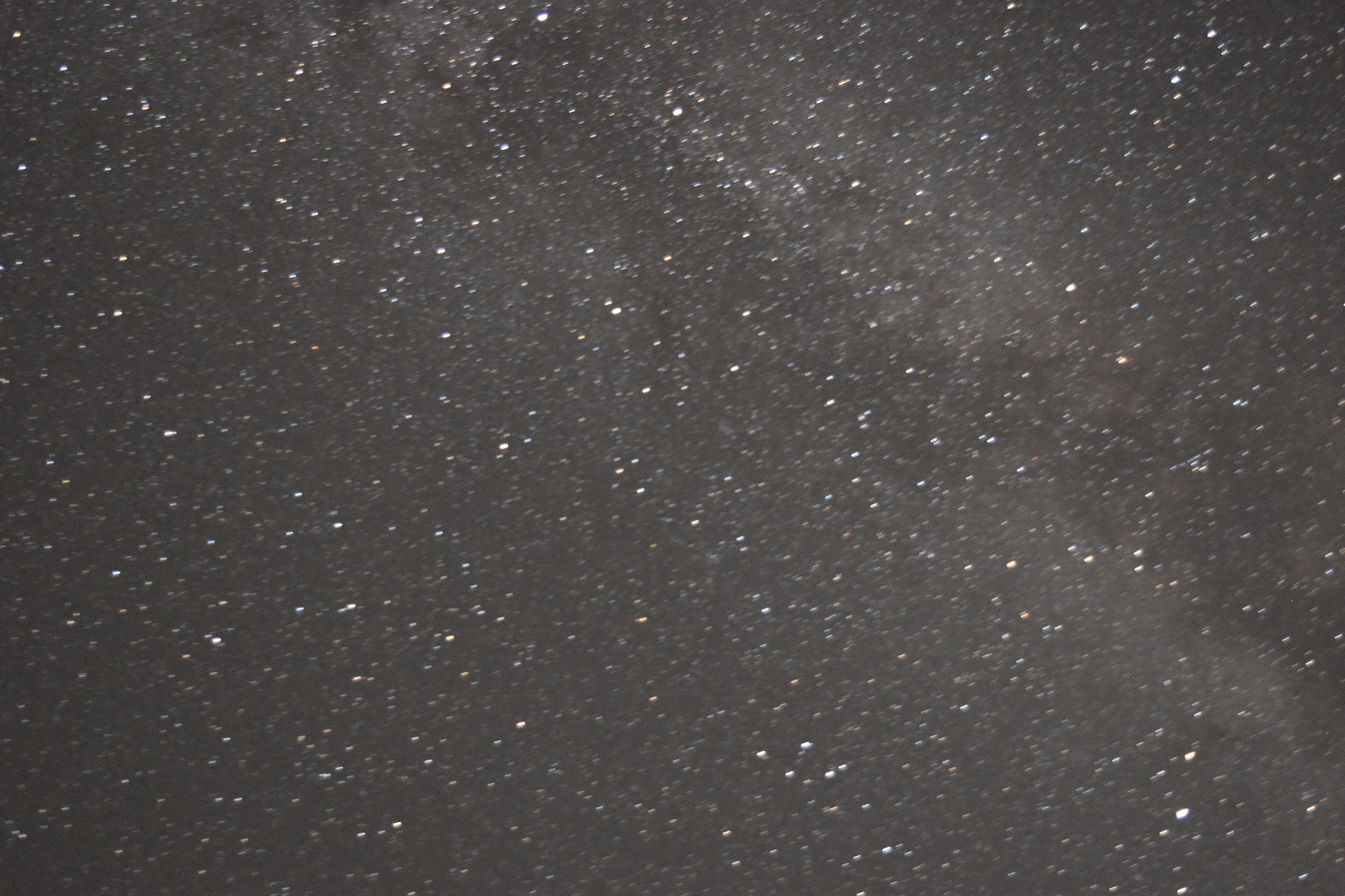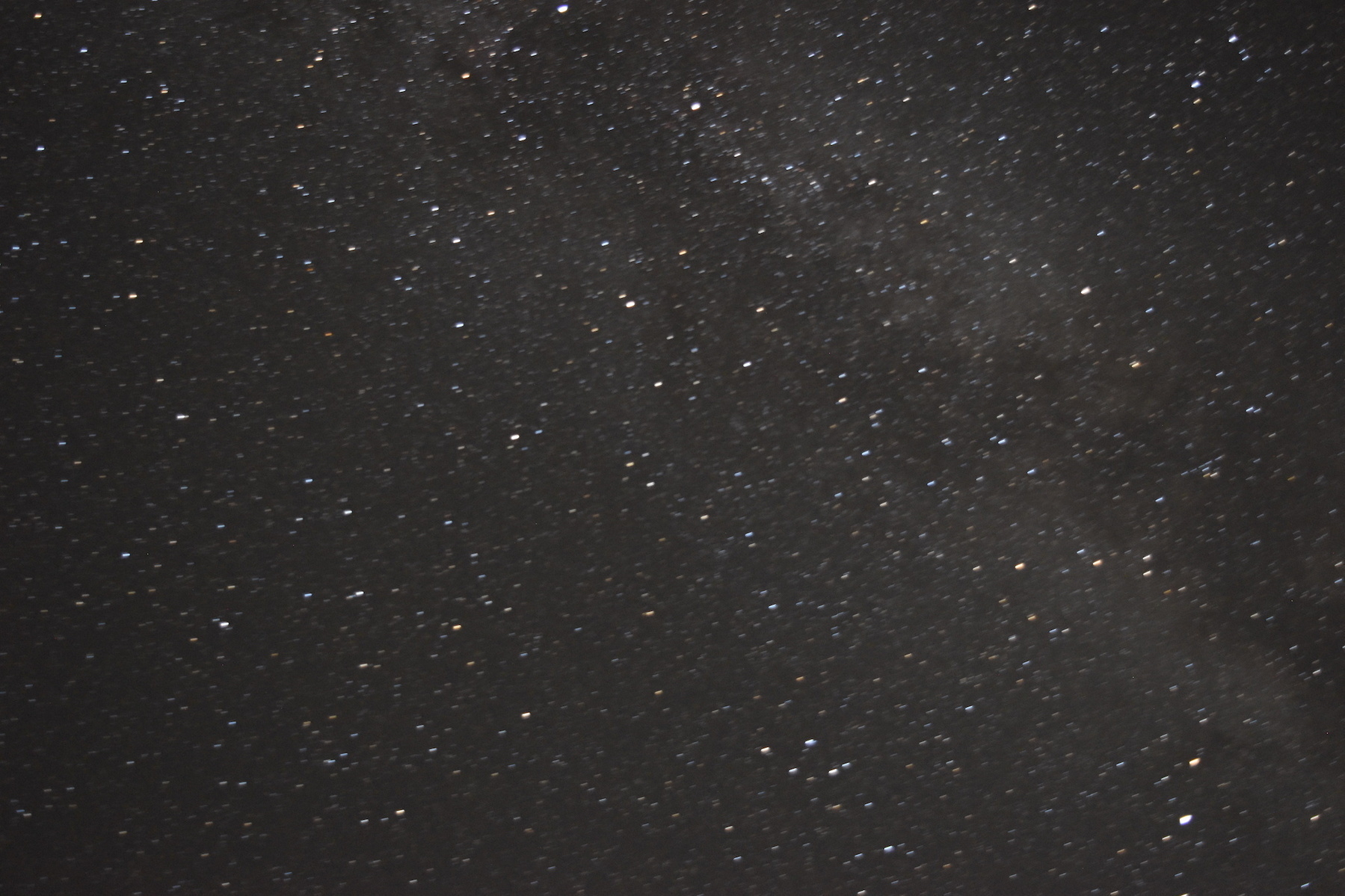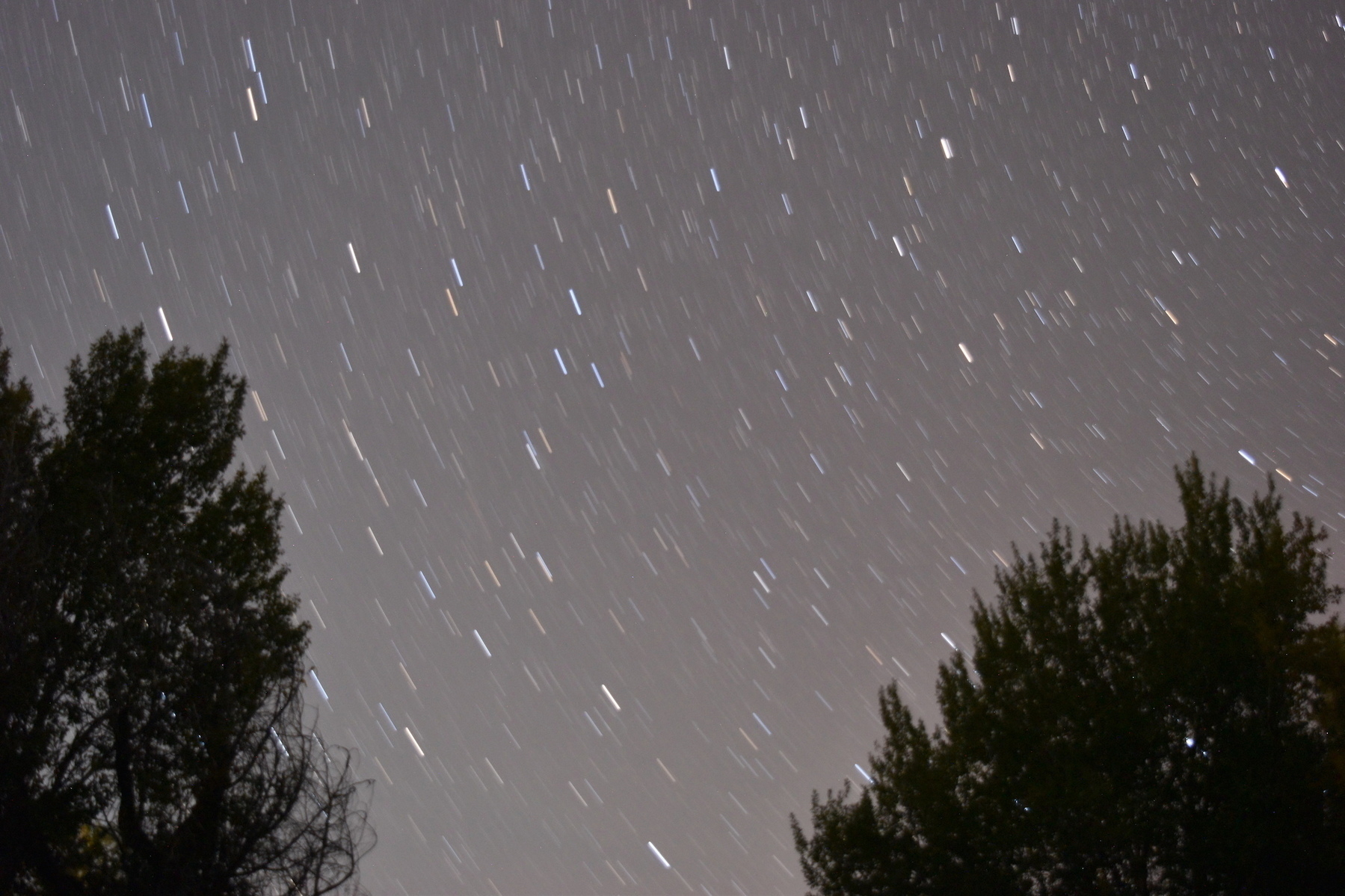First astrophotography
I have a Nikon D5500 that I bought for our family last Christmas. We were traveling to visit family and it made sense to upgrade from a point-and-shoot to a real DSLR. The D5500 got decent reviews, and I also figured I could use it for astrophotography.
I used the camera and my telescope to capture the transit of Mercury last spring, but that was my first and only foray into astrophotography. The results weren’t stellar, but my primary goal was making the transit visible to the kids and teachers at a local school.
[gallery ids=“60,59” type=“rectangular”]
The smudge on the left is a sun sport and the somewhat sharper disk on the right is Mercury. I’ve got to learn how to focus while using the telescope as a lens.
Well, fast forward a bit. I’ve gotten bitten by the astrophotography bug again and I ran across this website describing astrophotography with DSLR cameras. I scoffed a bit at how easy the author makes it sound. Then I went outside and captured these tonight:
[gallery ids=“69,70,71,72,73” type=“rectangular”]
All of these were captured using nothing but a $25 tripod, the Nikon D5500, the 18-55mm lens that came with the camera, and my phone acting as the shutter bulb. The only post processing was using MacOS Preview to resize the images from 6000 pixels across to 2048 pixels across. The star trail picture had to be ended before I wanted… a car was coming and I was afraid the lights would kill it. I want to do some post processing, but that will have to wait until another night. For the non-star trail pictures, I had the exposure time too high (approximately one minute instead of 30 seconds). To do longer exposures some kind of tracking is required.
Catching interesting images really isn’t all that hard it turns out!
